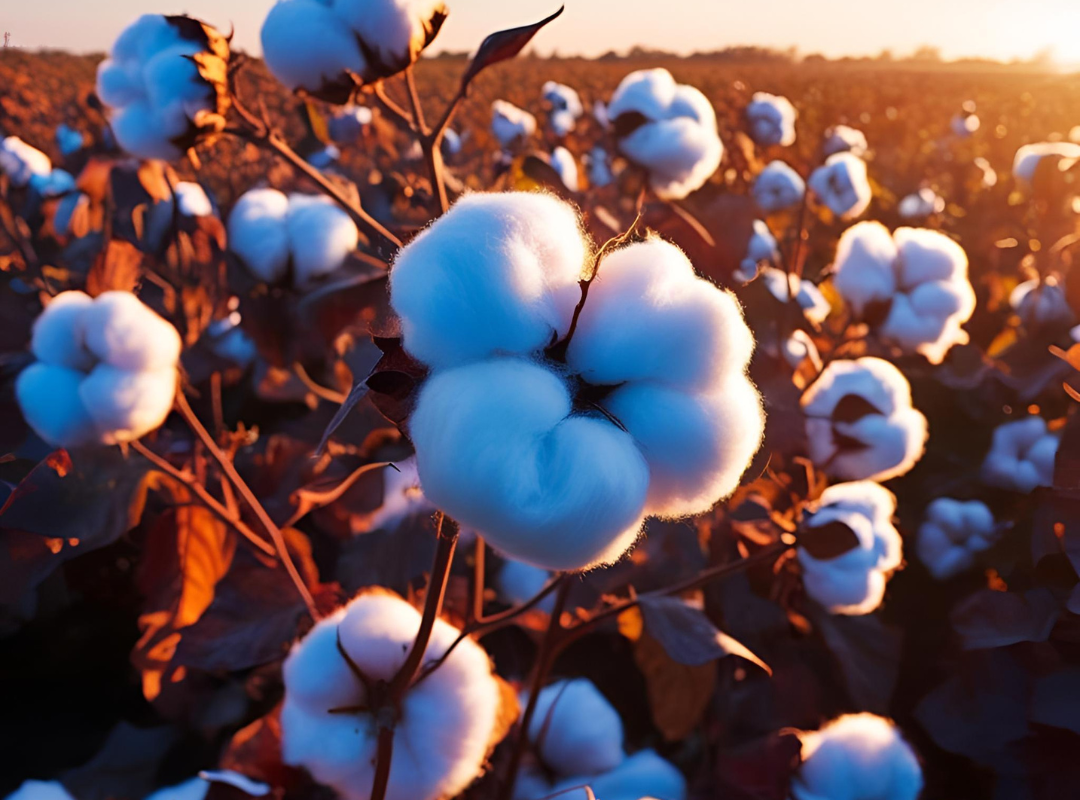
Applying Heredity Concepts
In this lesson, students will complete monohybrid and dihybrid Punnett squares in preparation for taking on a challenge to breed cotton plants that produce naturally blue colored cotton.

In this lesson, students will complete monohybrid and dihybrid Punnett squares in preparation for taking on a challenge to breed cotton plants that produce naturally blue colored cotton.
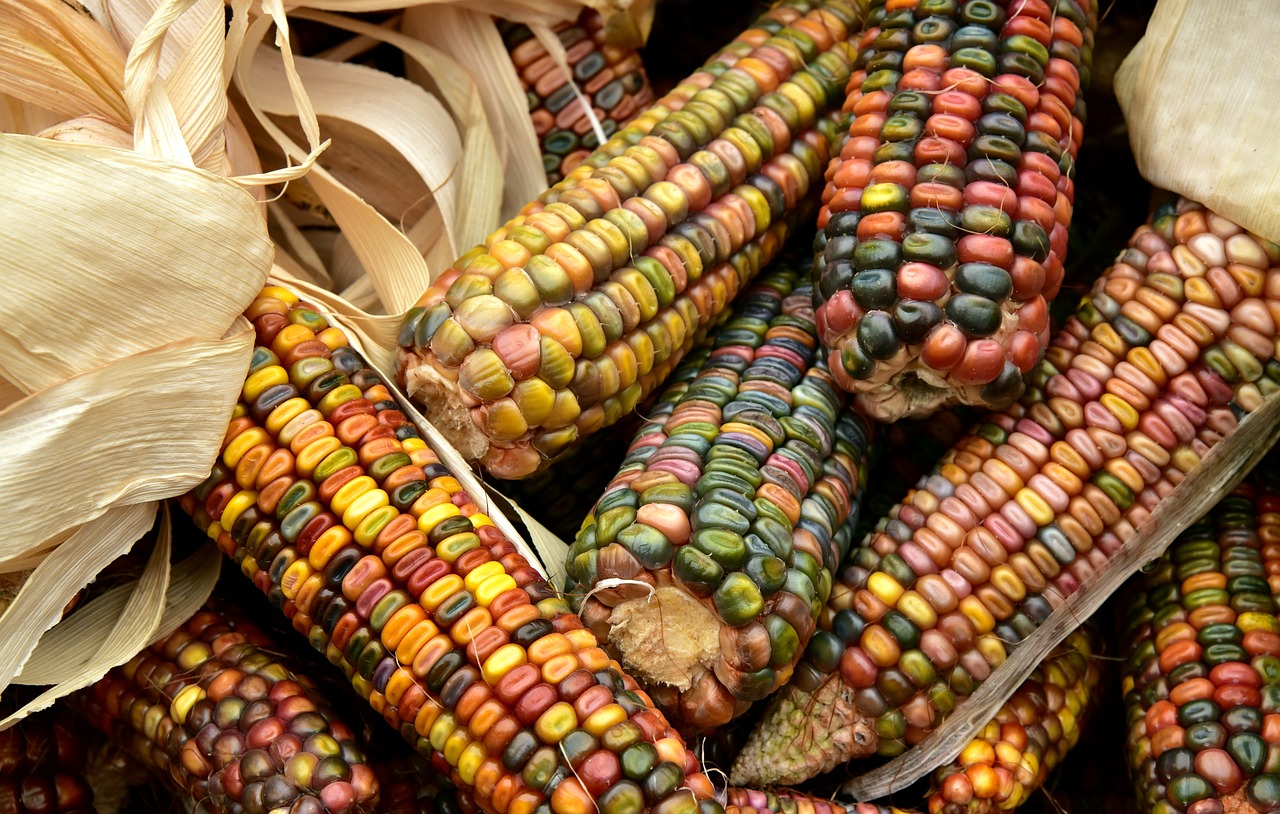
Students will observe the growth of Indian corn and popcorn seeds, observe similarities and differences between the two varieties, and discuss heredity.
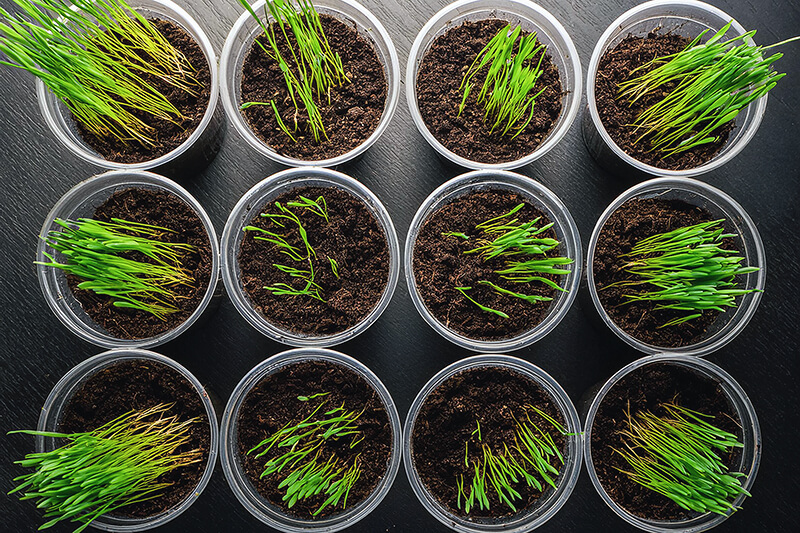
Students investigate rangelands by growing their own grass to represent a beef or sheep ranch.

Students will use the Claim, Evidence, and Reasoning model to evaluate styles of housing used for hens that lay eggs. Using critical thinking skills, students will compare housing styles, determine which system meets their animal welfare standards, and engineer their own hen house model to meet the needs of laying hens. This lesson covers a socioscientific issue and aims to provide students with tools to evaluate science within the context of social and economic points of view.
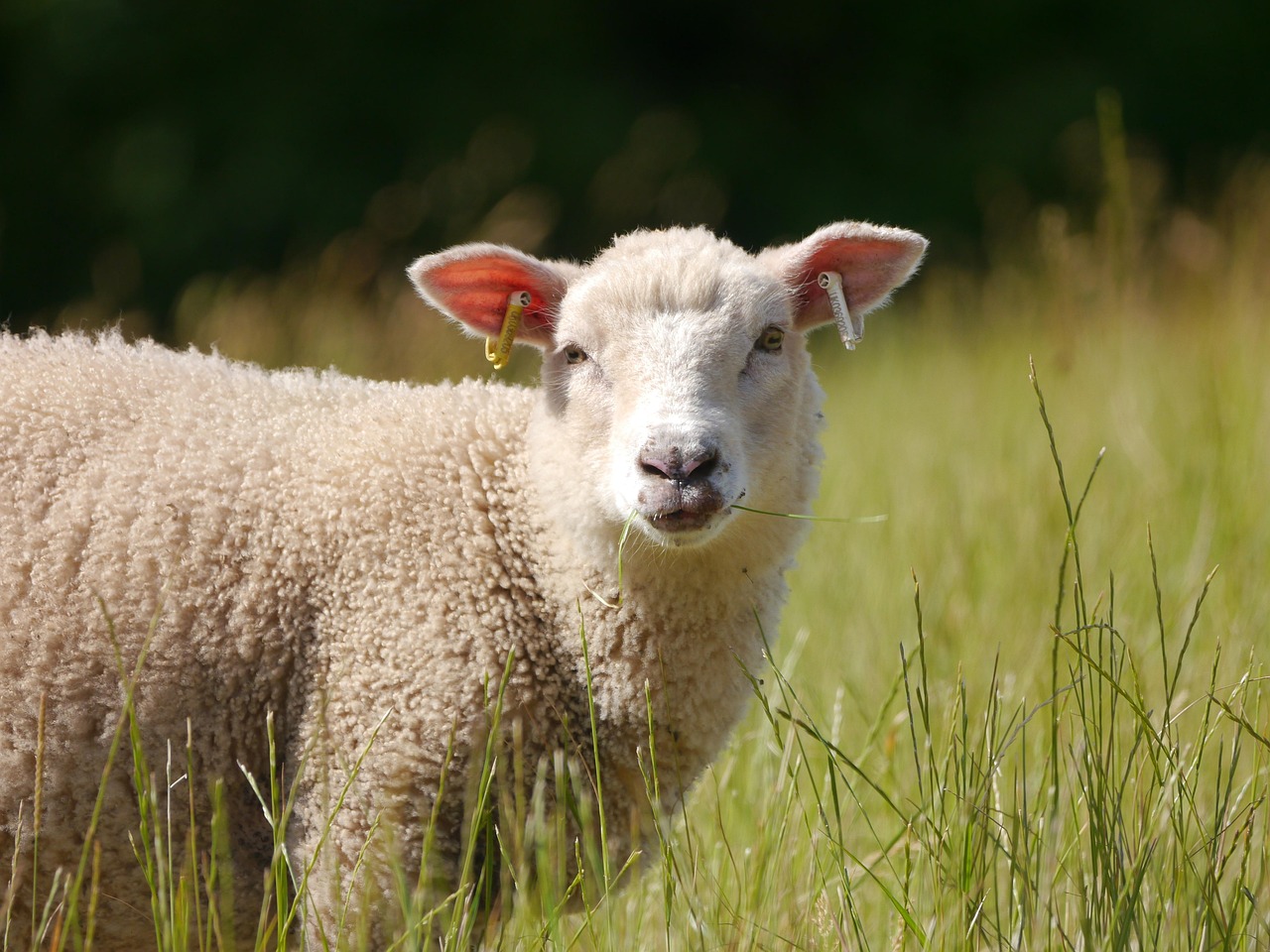
Students explore the difference between inherited and acquired traits and understand why knowledge of inherited and acquired traits is important to agriculture. Activities in this lesson include trait sorting, two video clips, a PTC taste test, and student presentations.
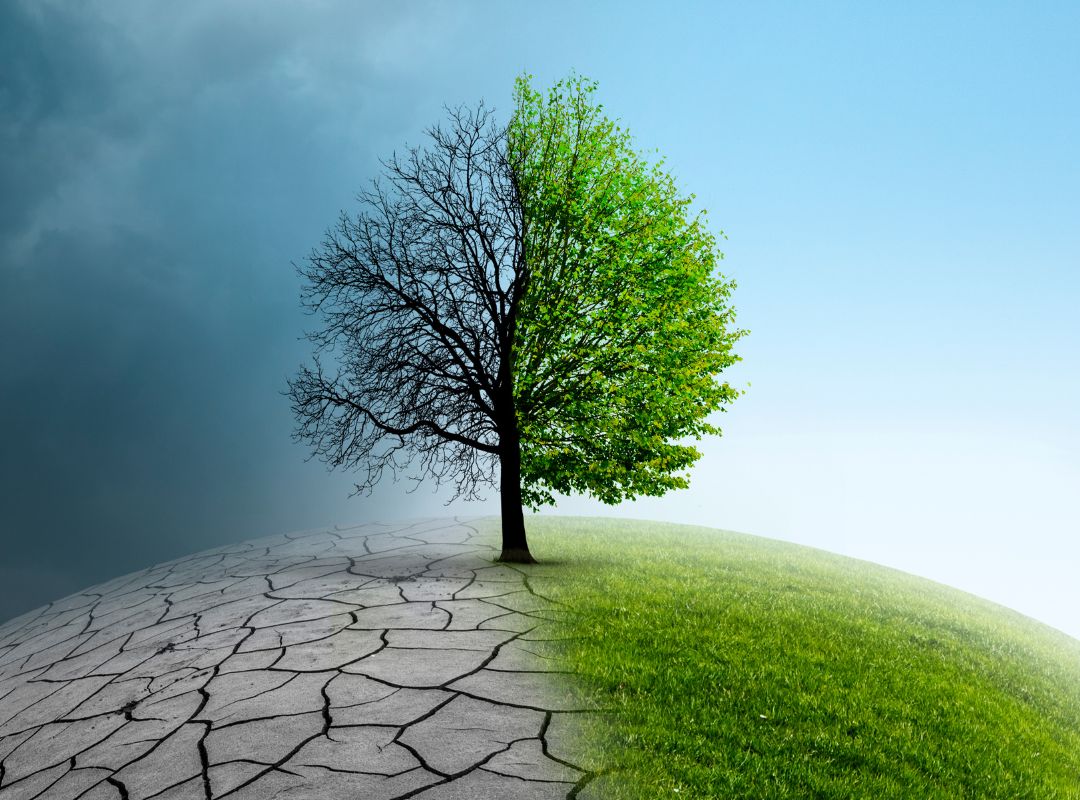
Students will explore the carbon cycle and evaluate associated phenomena of climate as they discover the impact climate change could have on the farms that produce our food.
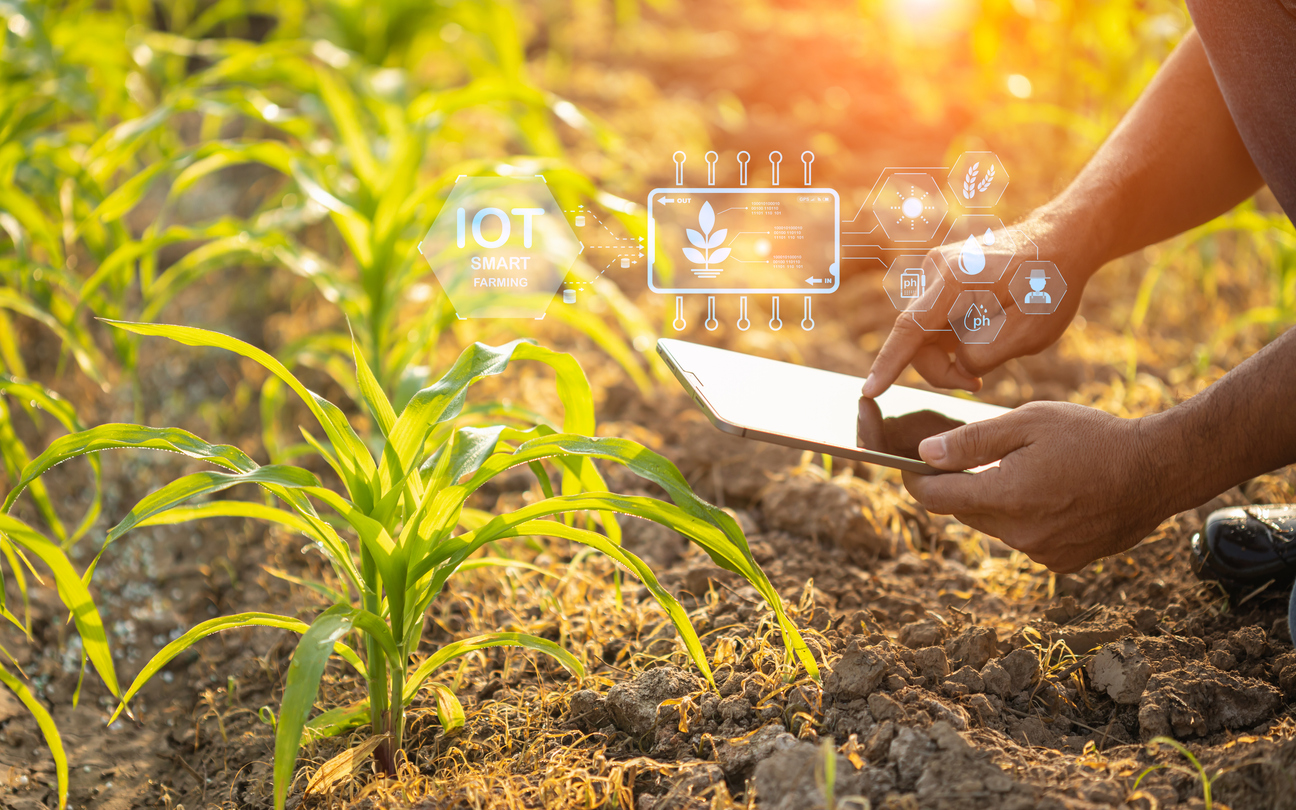
This hands-on lesson teaches students how precision agriculture uses geographic information systems (GIS) to help farmers and manufacturers make smart, efficient, and responsible decisions about how and when they plant, grow, irrigate, harvest, and transport crops.

Students will understand how photoperiodism impacts plants and animals in the environment and learn how egg farms use this science to manage the laying of eggs by their hens.
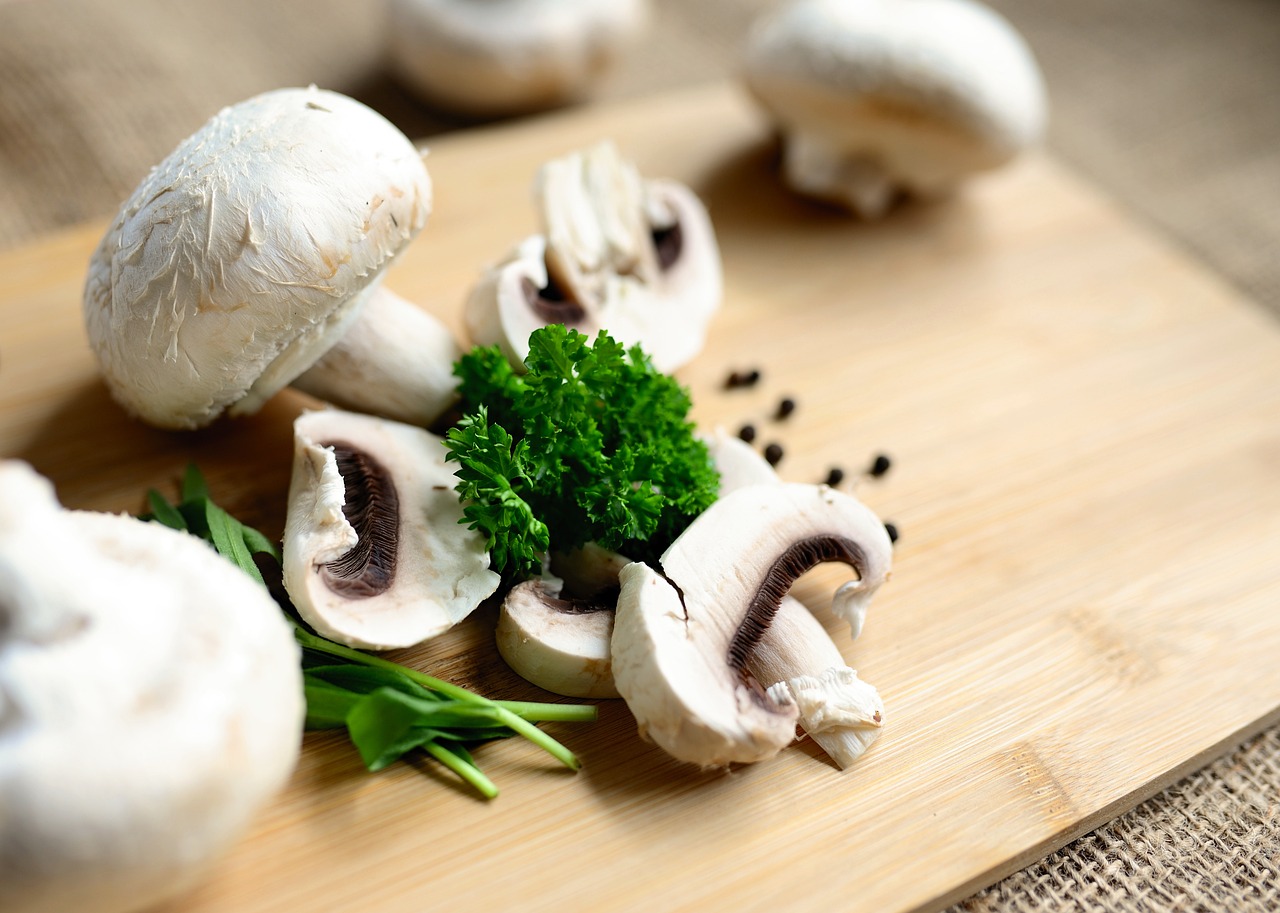
Learn about edible mushroom cultivation and how one mushroom multiplies into many more! Create a spore print, and explore ecology concepts by experimenting with mold and yeast growth and researching species of fungi.

In this lesson students will learn about plant parts and how they function in plant growth and reproduction.
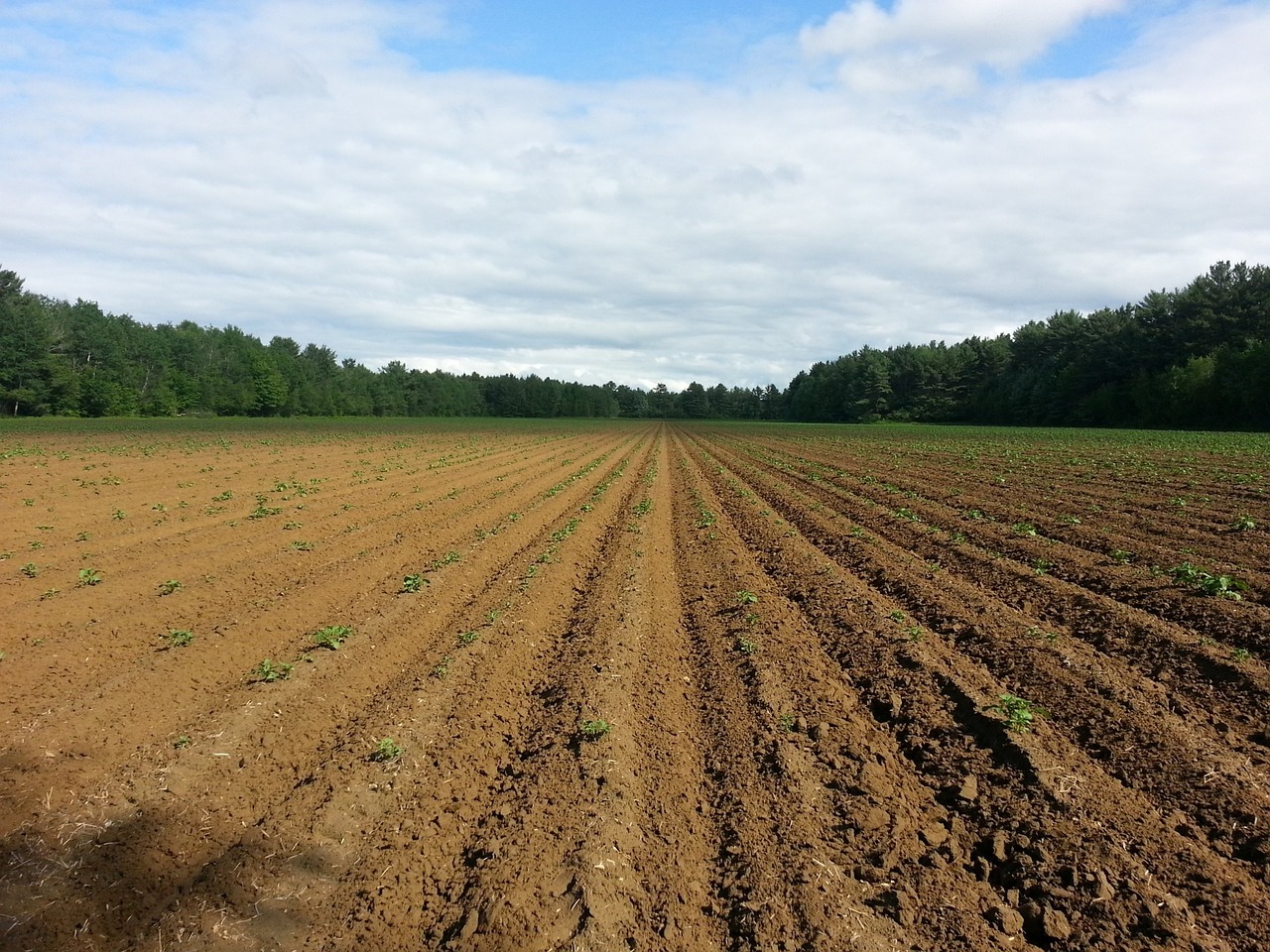
Students are introduced to the Dust Bowl and determine how to avoid another event like it in the future as they study soil texture, particle sizes, soil nutrients, and pH.
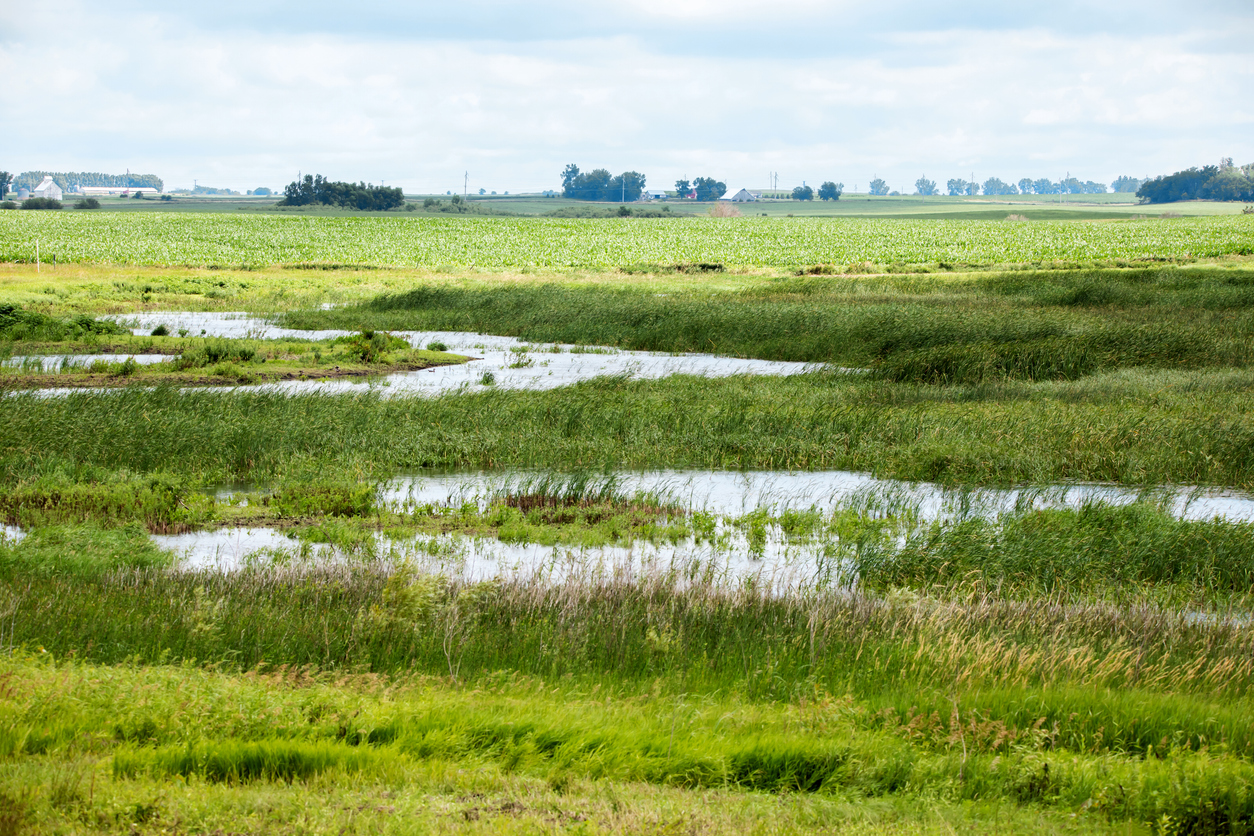
Students develop an understanding of what factors impact water quality within watersheds, what soil types/profiles are most susceptible to erosion, and what factors impact water quality within watersheds and how to mitigate erosion on susceptible soils.